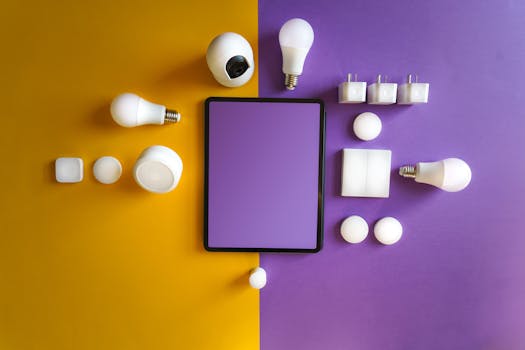
Smart Homes and Smart Living: The Technological Transformation of European Homes by 2025
Smart Homes and Smart Living is the future of European homes, and it’s transforming the way we live, work, and interact with our surroundings. With the rise of technological advancements, homes are becoming more intelligent, efficient, and sustainable. In this article, we’ll delve into the world of smart homes and smart living, exploring the benefits, trends, and innovations that are shaping the future of European homes.
Introduction to Smart Homes and Smart Living
Smart homes and smart living refer to the integration of technology and automation in homes to create a more comfortable, convenient, and sustainable living environment. This includes the use of smart devices, sensors, and systems that can be controlled remotely, allowing homeowners to manage their homes with ease. From smart thermostats to smart lighting, smart homes are designed to make life easier, more efficient, and more enjoyable.
Benefits of Smart Homes and Smart Living
The benefits of smart homes and smart living are numerous. Some of the most significant advantages include:
- Energy efficiency: Smart homes can help reduce energy consumption, lower utility bills, and minimize carbon footprint.
- Convenience: Smart devices and systems can be controlled remotely, allowing homeowners to manage their homes from anywhere.
- Comfort: Smart homes can learn and adapt to occupants’ preferences, creating a more comfortable living environment.
- Safety: Smart homes can be equipped with advanced security systems, including motion sensors, cameras, and alarm systems.
Trends and Innovations in Smart Homes and Smart Living
The smart home and smart living market is constantly evolving, with new trends and innovations emerging every year. Some of the most exciting developments include:
- Artificial intelligence (AI) and machine learning (ML): AI and ML are being integrated into smart homes to create more intelligent and adaptive systems.
- Internet of Things (IoT): The IoT is connecting more devices and systems, creating a more seamless and integrated smart home experience.
- 5G connectivity: The rollout of 5G networks is enabling faster, more reliable, and more widespread connectivity for smart devices.
What to Expect in European Homes by 2025
By 2025, European homes are expected to be even more intelligent, efficient, and sustainable. Some of the trends and innovations that are likely to shape the future of smart homes and smart living include:
- Widespread adoption of smart devices and systems
- Increased use of AI and ML in smart homes
- Greater emphasis on energy efficiency and sustainability
- More integrated and seamless smart home experiences





